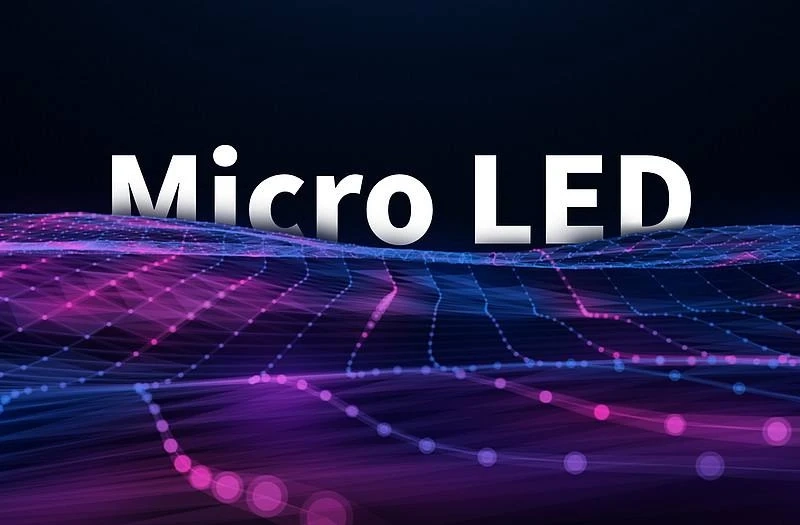The Micro LED Market is on the cusp of explosive expansion, set to revolutionize display technology in a wide range of applications. With its superior performance features and growing adoption, this market is drawing substantial interest from investors and industry participants alike.
Understanding Micro LED Technology
Micro LEDs are tiny light-emitting diodes, each sized less than 100 micrometers. Unlike LCD or OLED displays, Micro LEDs possess superior brightness, contrast, and energy efficiency. Micro LEDs also have a longer lifetime and better color accuracy, making them suitable for high-end displays and new applications.
Market Dynamics and Growth Projections
The market is growing at a very high pace, driven by surging demand for premium display technologies in consumer electronics, automotive, and augmented/virtual reality (AR/VR) applications. The Micro LED Market is expected to reach an astonishing Compound Annual Growth Rate (CAGR) of 63.9% from 2025 to 2031. This is driven by some key reasons:
- Improved Display Performance: Micro LEDs provide unmatchable brightness, contrast, and color accuracy, far beyond the capabilities of current display technologies.
- Energy Efficiency: Micro LEDs are much more energy-efficient compared to LCD and OLED displays, which results in better battery life in portable devices.
- Miniaturization and Flexibility: Due to their small size, Micro LEDs can enable thinner and flexible displays, offering new opportunities for wearable devices and automotive displays.
- Rising Demand for AR/VR Devices: The experience provided by AR/VR devices requires high-quality displays, and micro-LEDs are the most sought-after technology.
- Automotive Use Cases: Micro LED technology is picking up in the automotive sector due to its capability to provide bright, long-lasting, and customizable displays for dashboards and infotainment systems.
Challenges and Opportunities
Despite its vast potential, the Micro LED Market has several challenges, which are:
- Elevated Production Costs: Micro LEDs' complicated manufacturing process leads to high costs of manufacture.
- Mass Transfer Technology: Transferring millions of small LEDs onto a display substrate with efficiency is a challenge.
- Yield Improvement: High production yields need to be achieved in order to lower manufacturing costs and support wider market uptake.
Nevertheless, they also hold promise for innovation and technological developments. Firms capable of breaking down these obstacles will be in an excellent position to gain substantial market advantage.
Investment Outlook
Investors ought to be concentrating on firms working on emerging manufacturing technologies, increasing production yields, and diversifying their applications. The sector's potential to disrupt display technology in many industries offers a rich territory for sustained expansion.
Conclusion
The Micro LED Market is on the verge of a dramatic revolution based on its better performance traits and wider uses. Although obstacles still exist, the market's sheer potential and estimated growth make it an attractive sector for investment and technical development. When manufacturing technology evolves and prices fall, Micro LEDs stand ready to become the leading display technology in the future.


